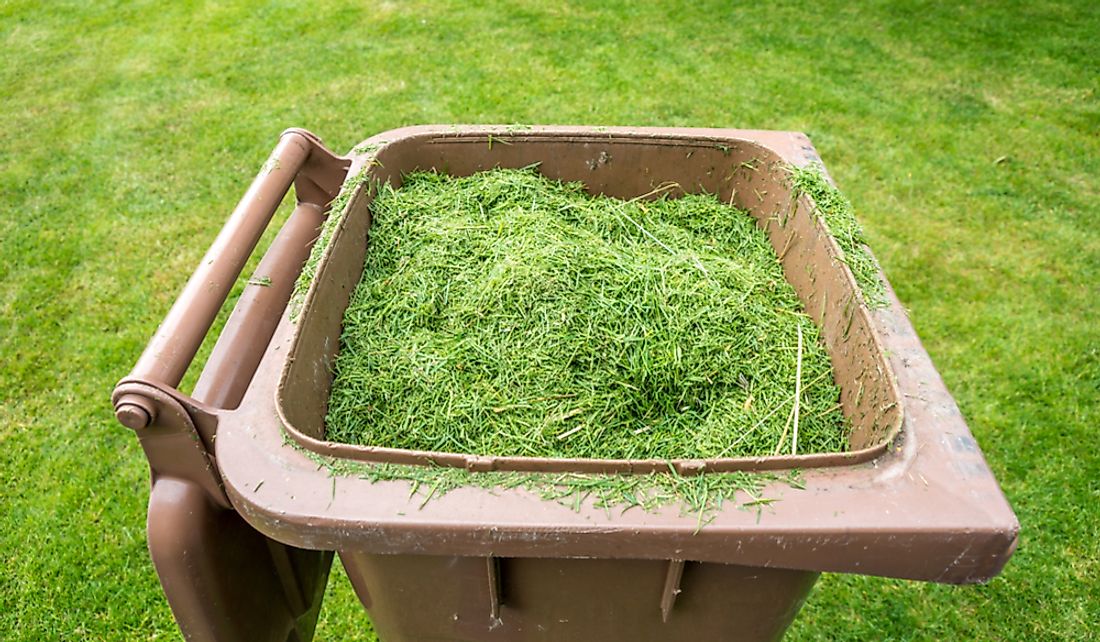What Is Green Waste?

Green waste is a term that was coined to refer to organic waste that can decompose and has a high concentration of nitrogen. The waste is also commonly referred to as biological waste. Some of the materials that make up green waste include leaves, grass clippings, and kitchen waste. However, several objects such as hay and dried leaves are not considered green waste since they have a higher concentration of carbon than nitrogen. Research has shown that human activity is the main source of green waste with countries such as the United States, China, and the United Kingdom being some of the major producers of such waste.
Collecting Green Waste
In some areas, the government is actively involved in the collection and management of green waste while in other regions; the private industry is more heavily involved in collecting and managing waste. In cities, this is generally known as composting. In the UK, local communities are actively participating in the collecting and recycling biological waste. The programs are aimed at reducing the quantity of biodegradable waste within the country's landfills. Through the program, communities are provided with places to dump their biological waste which are later emptied and cleaned up. Most of the waste that is collected through the process is then recycled.
Uses of Green Waste
Green waste is vital because it can be used for a variety of purposes such as the production of renewable energy, manufacturing topsoil, and sewage disposal.
Manufactured Topsoils
One of the most critical uses of green waste is in the development of manufactured topsoils. The green waste is mixed with industrial wastes such as coal dust and fly ash to make the manufactured topsoil. When the green waste decomposes, it produces nutrients which are essential to the crops. The green waste, particularly its woody components, is crucial because it increases the quantity of the manufactured topsoil. The manufactured topsoils are vital because they increase the water retention capacity of regular sols and introduce minerals to the soils.
Sewage Disposal
Green waste can also be used in sewage disposal. In some sewage disposal plants, the sewage is mixed with green waste that is then composted. One of the main advantages of the process is that it leads to the elimination of pollutants and pathogens that were in the sewage making it safer to handle. In some instances, the co-composted remains are used in the agricultural sector. The process has been linked to a reduction in the quantity of sewage dumped and incinerated each year as well as a reduction of the amount of waste dumped in landfills.
Source of Renewable Energy
One of the most important uses of green waste is that it is used in the production of biogas. When some of the green waste decomposes, it produces cellulosic ethanol which is an important biofuel. Using biogas leads to a reduction in the reliance on petroleum gases.
Benefits of Recycling Green Waste
Recycling green waste is an essential activity since it can contribute to reducing the number of greenhouse gases in the environment. Recycling green waste also reduces dumping in landfills.











